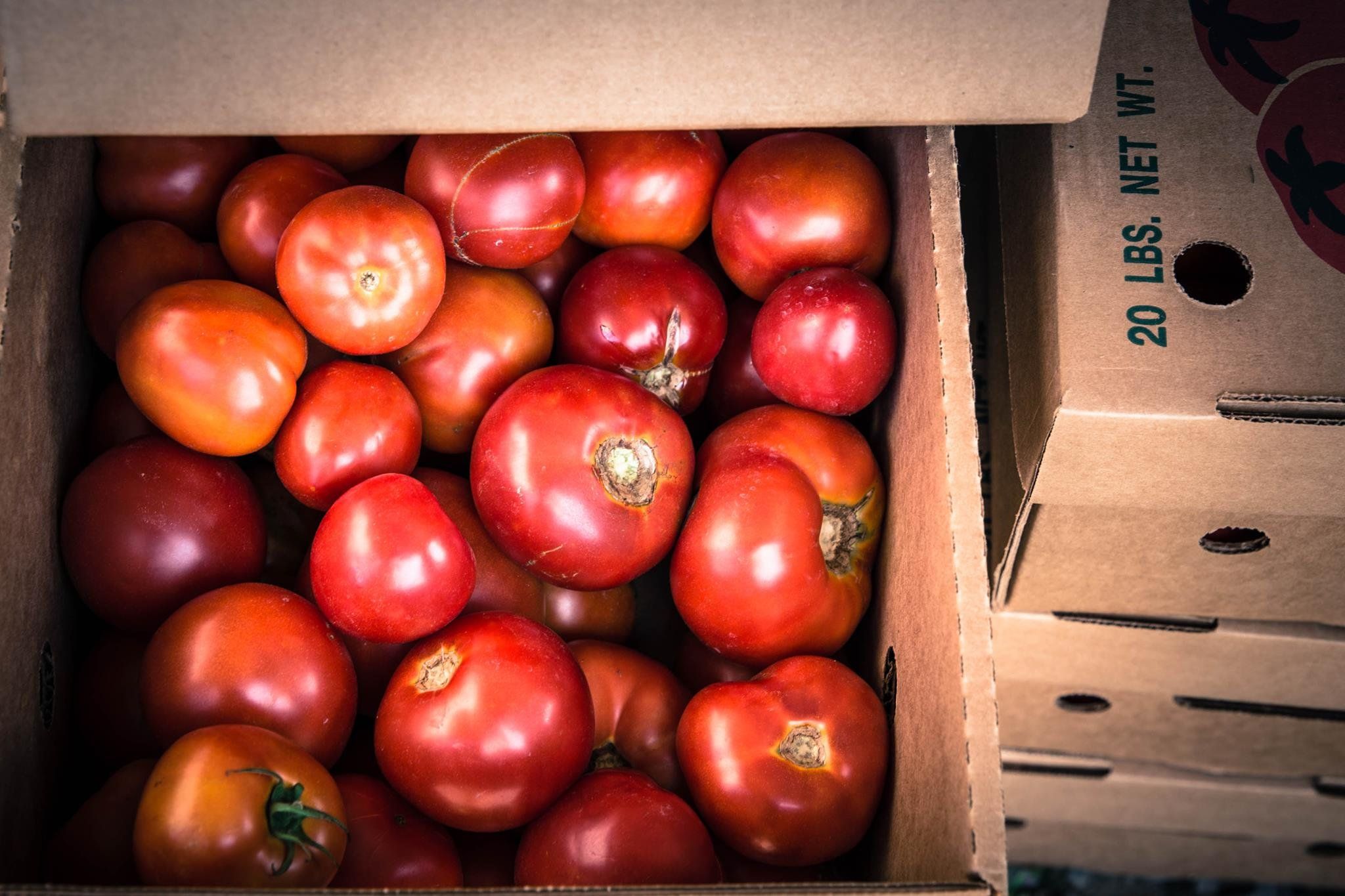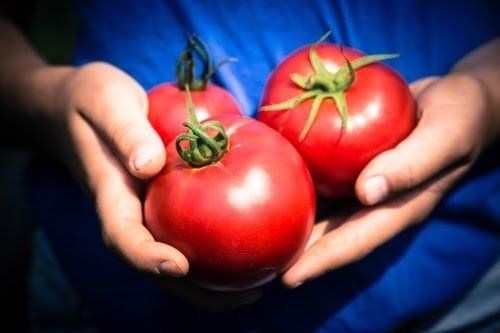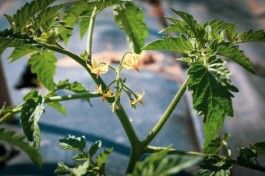August is always a challenging month on the farm. Many of the summer crops are in full swing, the weeds are everywhere, and it's the last chance to get anything else into the ground for a late fall harvest. This year is no different, and has been coupled with coming out of record setting heat of July and relentless drought (not to mention the ongoing global pandemic ;-))

While some crops that were transplanted in late July for later fall production were scorched in the high heat, and the pests have put unprecedented pressure on many crops this year, other crops are faring better. We expect to be bringing in some yellow wax beans this week as well as some of the dried onions and rounding out with the melon harvest. The winter squash is hanging on and producing decently so far, yet will need a good bit of rain to make it to a final harvest. The tomato blossoms are generally put on in the early part of the season and they are actually coming on nicely.
We expect that we will have the boxed tomato sale ongoing for the next few weeks. Folks can use Credits if they have them, (for example folks that paid in full before June 1 got $25 in Credit) towards buying the Extra tomatoes at their regular pick up if they add them onto their regular share as Extras during the customization period each week (2 days before their pick up.) The Credit will be drawn down to zero before you are charged anything (and you will need to enter credit card information to do so.) All unused credits expire at the end of the Summer CSA (October 24.)
More info can be found here: https://harvie.zendesk.com/hc/en-us/articles/360034785114-Credits-What-they-are-how-to-receive-them-and-how-to-redeem-them- and here:https://harvie.zendesk.com/hc/en-us/articles/360001667414-How-Swaps-and-Extras-Work
So, I am excited to finally say, it’s tomato time! Actually, tomato time begins back in the early spring when tiny seeds are spread into flats and given their very first taste of our organic superfood-soil mix in the greenhouse. After the seedlings grow their first few leaves, they are then thinned and transplanted into individual cells. Once they are in their own cells, they grow stronger roots, feed off of the nutrients mixed in and created by the soil microbes, and grow taller.

Once the danger of frost is finally past, about the middle of May, the plants are moved into cold-frames, or “partial greenhouses” so that they can “harden-off” and get accustomed to the harsher conditions of the field before being planted into the black (or sometimes red) plastic mulch you read about a few weeks ago. After they have been hand-planted into rows, in a few weeks they will be ready for staking. Each oak stake between every two plants is driven in by hand and then the plants are tied into a “corral” of twine. This year we had to upgrade a few rows to metal stakes after the tropical storm knocked over entire rows full of heavy fruits.

The staking allows the plants to grow upright and keeps the fruits more accessible to the sunshine and the harvesters. The staking also keeps the leaves drier and less susceptible to diseases. Some varieties also need to be ‘suckered’ which involves plucking off the non-fruiting branches in order to focus the plants’ energy on the tomato. Each tomato starts as a little yellow flower that must be pollinated in order to produce the juicy fruits we enjoy. Some of our varieties are red, some are orange, and others are pink, green, yellow or even purplish-brown and indigo when ripe.

There are few crops as time and labor intensive as proper field-grown tomatoes, but they are the one crop that I personally cannot live without in the summer time!
Field ripened tomatoes, especially heirlooms, are fragile and have a relatively short shelf life and are best consumed within a few days. Tomatoes should be stored in a cool area of your kitchen, and not in direct sunlight. If a tomato develops a soft spot, you can usually still use it, if you cut around the spot and use it in a cooked recipe.




